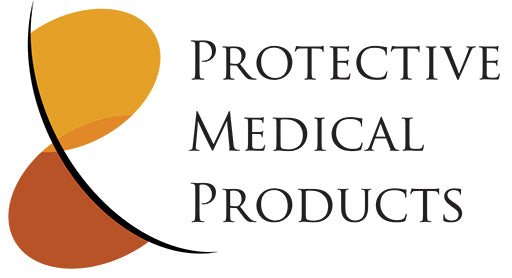How are Adenna chlorinated gloves different from others?
A poor chlorination process (including over-chlorination. can result in gloves that are brittle and weak, tear easily, and have dark yellow or brown discoloring. Sometimes the gloves can be very st...
Do Adenna gloves comply with the USDA requirements for safe use in food handling?
Yes, Adenna gloves are safe to be used in all types of food preparation or handling procedures. The USDA does not establish any official regulatory requirement for approval of gloves, but follows t...
How are other synthetic gloves compared to latex gloves?
The fit and comfort level of a glove have a great impact on your ability to perform your tasks. Here, we compare the properties and characteristics of different synthetic glove materials to latex: ...
How are synthetic vinyl gloves compared to latex gloves?
Vinyl (PVC) is one of the synthetic materials used in the manufacturing of exam gloves. However, research has shown that vinyl gloves are not as strong as latex gloves and they can be punctured mor...
Is there a limit on protein levels on latex exam gloves?
The FDA and ASTM have established the lowest allowable water-soluble protein claim for any exam gloves to be 50 ug/gm of glove. Adenna Latex Exam Gloves have received FDA 510(k) letters to be lawfu...
Are powder-free gloves completely powder free?
Due to the different manufacturing processes for powder free gloves, they are not 100% completely powder free. The definition of powder according to the ASTM is anything that does not pass through ...
